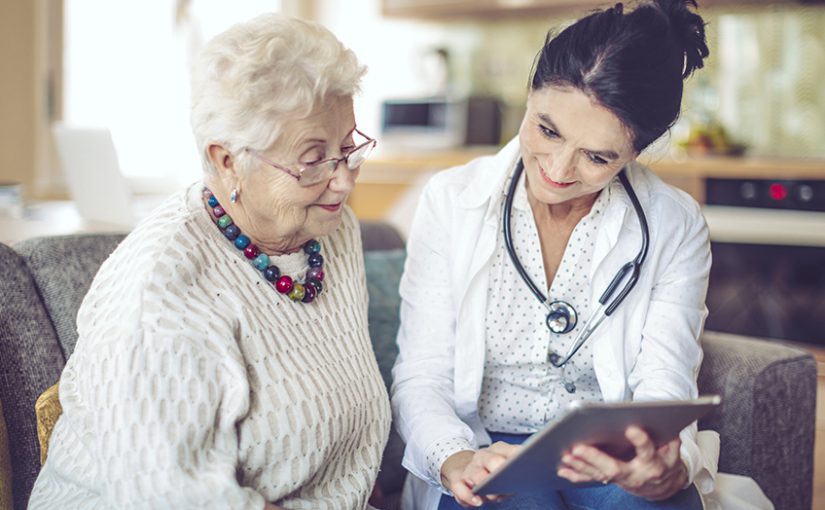Category: health literacy
Resolve to Be Ready, Part II

January is the time many of us make resolutions for the new year. Sometimes resolutions feel too big and long drawn out. As a result, our motivation to see them through can peter out before the end of the year. Last year, we suggested 12 micro-resolutions to help you prepare your health for emergencies. Here Read More >
Posted on by Leave a commentImprove Health Literacy Before an Emergency

October is Health Literacy Month Getting the right person to deliver the right message at the right time saves lives, but only if the audience can make sense of the message. People need information they can find, understand, and use to make the best decisions for their health every day. The same is true before Read More >
Posted on by Leave a commentHome Health Program Seeks to Improve Access to Support Services, Information

In observance of National Preparedness Month, the Center for Preparedness and Response (CPR) will publish posts in September that highlight ways people and organizations are helping to “create community” where they live. This student-authored post is published by CPR in partnership with Medill News Service and the Northwestern University Medill School of Journalism, Media, Integrated Marketing Communications. Read More >
Posted on by 8 Comments10 Health Literacy Tips for Reporting Data

We live in a complex world. Just as humans have left an impact on the environment, the environment also leaves an impact on us. Being exposed to certain physical and social environmental factors, like chemicals in the water, secondhand smoke, or poverty, can affect our health. Understanding oral health data in Minnesota The Minnesota Department Read More >
Posted on by 3 CommentsTackling eHealth Literacy

As I waited in the exam room on a recent visit to my doctor’s office, I noticed there was a large wall display with an interactive screen. It resembled a smartphone and I could use the touchscreen to scroll and learn about various conditions, diabetes, heart disease, Alzheimer’s, and colon health. Each menu included signs Read More >
Posted on by 5 Comments